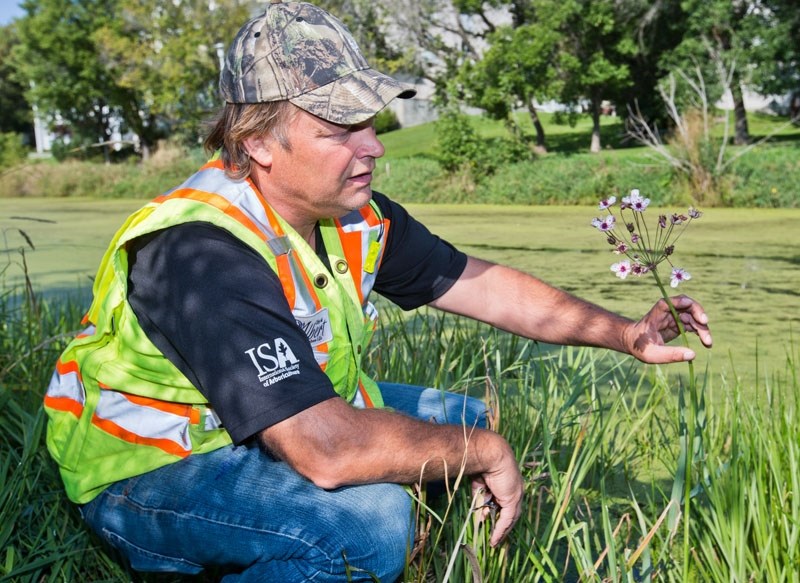Alberta has to step up its game to defend against aquatic invaders, says the Alberta Water Council.
The Alberta Water Council released a report last week on aquatic invasive species management in Alberta – coincidentally on the same day that a new invader, the parasite that causes whirling disease in trout and salmon, was found in Banff’s Johnson Lake for the first time in Canada.
The council is the non-profit group that monitors implementation of Alberta’s Water for Life strategy.
The council launched this report to identify the top 10 threats to Alberta’s water supply, said Jay White, council vice-president and co-chair of the report. Right at the top was the zebra mussel: an invasive bivalve that, when established, clogs pipes, starves fish, shreds feet and obliterates ecosystems. Alberta could lose $75 million a year if the mussel comes here, the report notes.
“Two years ago we had pretty much zero protocols for what would happen if we found zebra mussels in our watercourses,” he said. One year ago, fisheries inspectors had no equipment to detect them and no powers to stop and search boats that might be carrying them. The report notes that the province wasn’t even monitoring for aquatic invaders prior to 2013.
The province now has a dedicated aquatic invasive species specialist and has started educating the public about threats like zebra mussels.
The report calls on the province to step up its efforts to prevent the spread of aquatic invaders and to educate the public about them. It also calls for the creation of a provincial monitoring plan by 2017 and long-term tracking and control plans by the end of 2018.
St. Albert city arborist Kevin Veenstra said the city has several aquatic invaders, one of the most pernicious of which was the flowering rush – an invasive plant that grows beautiful umbrellas of pink flowers.
“Flowering rush is running rampant,” Veenstra said. Since it was first spotted by the wooden bridge by St. Albert Trail in 2010, it has now spread downstream along the Sturgeon into Sturgeon County.
Veenstra said this plant could eventually choke the Sturgeon, as it can grow in deep water. There’s no registered treatment available for it, and ripping it up just spreads it. Crews have tried to suppress it by removing its flowers, but it’s still spreading.
Veenstra encouraged anyone who spotted this bright pink flower growing along the water’s edge to report it to public works for removal. He also called on the province to legalize herbicides that could safely kill these plants.
Public participation is essential when it comes to controlling aquatic invaders, White said. Boaters need to clean, drain and dry their boat and sanitize their fishing gear to avoid spreading invaders.
“We’re all part of the solution.”
The report is available at awchome.ca.
Got allergies? Climate change will make them worse, suggests a new report.
Ian Lake, a researcher with the School of Environmental Sciences at the University of East Anglia, published a study last week in Environmental Health Perspectives on the effects of climate change on pollen allergies in Europe.
Allergies cost the United States about $19.7 billion in 2007, the report notes. Although climate change is predicted to make allergies worse, few if any studies have been done on how it would affect specific allergy-causing plants.
Lake’s study, thought to be the first of its kind, looked at ragweed in Europe (where the weed is a relatively new invasive species) by modelling the impacts of climate change on the plant’s distribution, productivity, pollen production and dispersal, and combining that with a model of the allergy impacts of ragweed.
Lake’s team found that climate warming would roughly double the number of Europeans who suffer from ragweed allergies by 2050 by accelerating the plant’s spread and lengthening the pollen season – that’s about 77 million sufferers, compared to 33 million today.
The team found that climate change accounted for about 66 per cent of this rise in allergy sufferers. If Europe were to slow the spread of ragweed (say, by limiting land disturbances), it could drop that number to 52 million, Lake said in a press release.
“It is also important to add that climate change consequences will not be restricted to ragweed,” Lake said– a range of other pollen-producers could also be affected. This study could act as a framework with which to study climate change effects on those species.




